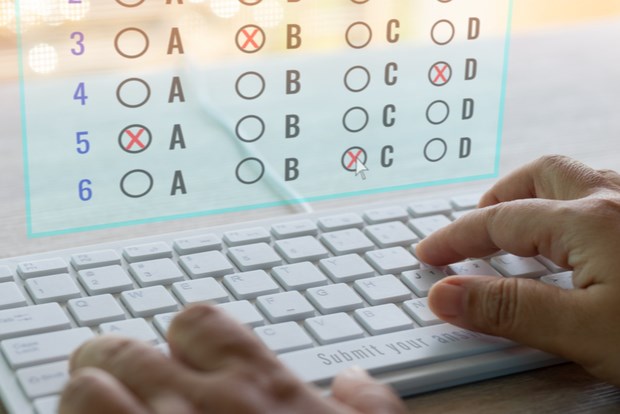How To Attempt CAT 2019 Paper?
Common Admission Test, generally known as CAT, is just a couple of months away, 24 November 2019, and you are done with preparation and start planning how to tackle the paper’s format.
You have 3 hours to complete the exam and 1 hour to each of its three sections:
- Verbal Ability and Reading Comprehension (34 questions)
- Quantitative Ability (32 questions)
- Data Interpretation and Logical Reasoning (34 questions)
You would have prepared with previous year’s question paper as a reference, and you shouldn’t let a change in the pattern affect your victory. Prepare a method that will help you sail smoothly through 24 November.

The applicant has to attend the sections consecutively, and the respective sections close at the end of each hour. Each multiple-choice question (MCQ) carries three marks, no matter its difficulty level, and for each incorrect answer, one mark is deducted. Non-MCQ questions carry three marks but no negative marking. There’s no deduction of marks for questions left unattended. The keyboard is to be used only while logging in. To answer non-MCQ questions, you would have to use the virtual keyboard.
Let’s have a look at each section of the CAT exam and how to attempt them:
- Verbal ability and reading comprehension
This section can be dusted away quickly during your attempt if you practice solving this section. The CAT exam has four sets of comprehension questions, and you must aim to finish it in thirty minutes. Sometimes the passages can be confusing, so it takes a fair amount of reading and comprehension during your preparation period to tackle this section. A few comprehension passages have straightforward questions sand a few passages require your utmost attention to details to answer the questions. So, skim through the passages quickly and find out the easy ones and attempt them first and then proceed to the difficult ones. While answering the questions, you can use the process of elimination and zero in on the right one. For non-MCQ questions, you’d have to type in the answer through a virtual keyboard using your mouse which is time-consuming. Make a point to practice with the virtual keyboard during your preparation.
- Data interpretation and logical reasoning:
There are different levels of difficulty in this section. The questions can stump Even the most proficient applicant. Logical reasoning can get confusing, and data interpretation has different data types, which can be overcome by practice. Read the question twice or thrice to grasp what the question demands thoroughly. Do not make the mistake of assuming any data not provided in the questions. This section is designed to test your reasoning skills and not any other. Read through the data type questions and identify the ones you can answer accurately. Focus on answering correctly rather than the number of questions answered. Logical reasoning questions have a lot of wordplays involved, and you must know what precisely the questions mean. Understand the questions better by drawing diagrams dictated by the questions. Always scan, identify and attempt questions in the order of easy, moderate and high difficulty levels.
- Quantitative Aptitude:

This section of the CAT exam is designed to be difficult because almost everyone attempting this test pride themselves with extraordinary mathematical skills. It is advisable to attend the simple questions first and so that you have enough time left to attend those which need your complete concentration. Train your mind to do simple mathematics in the head rather than paper. If you have attempted all the easy questions, do not immediately jump to the difficult ones, check the accuracy of the answers you’ve entered already.
For further information or advice, you can get connected with experts who can help guide you and prepare you for your upcoming feat.



















































Post a Comment